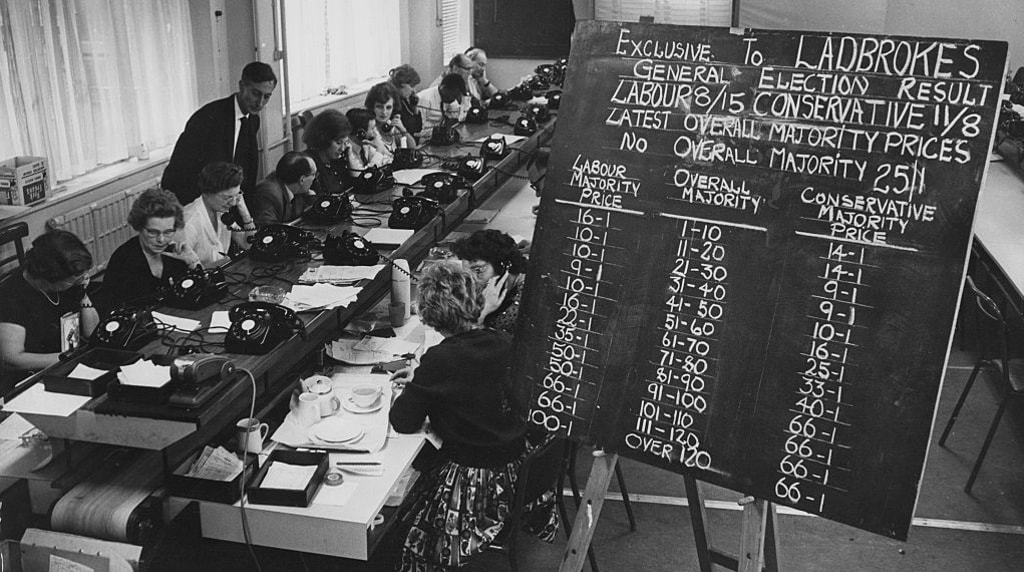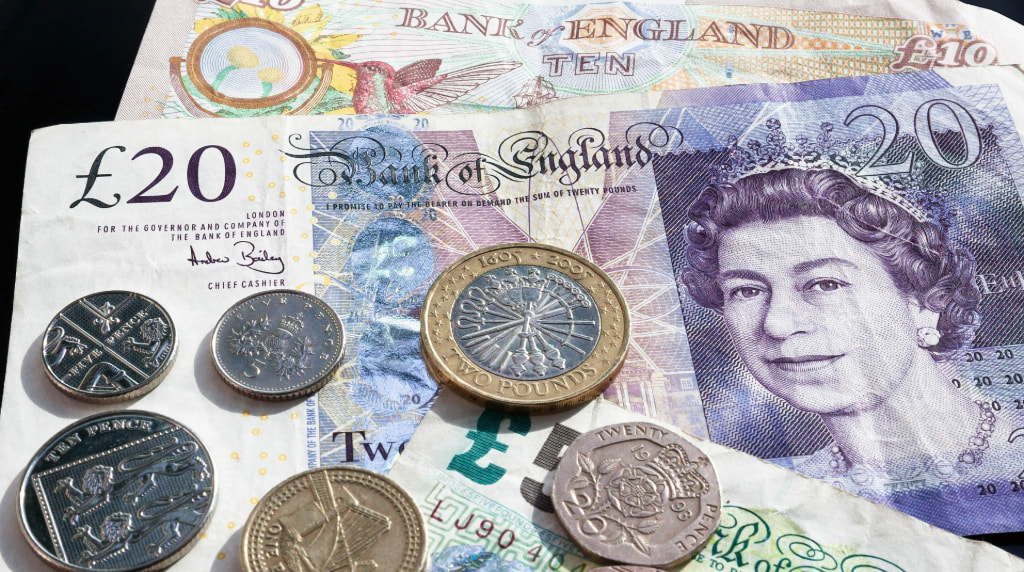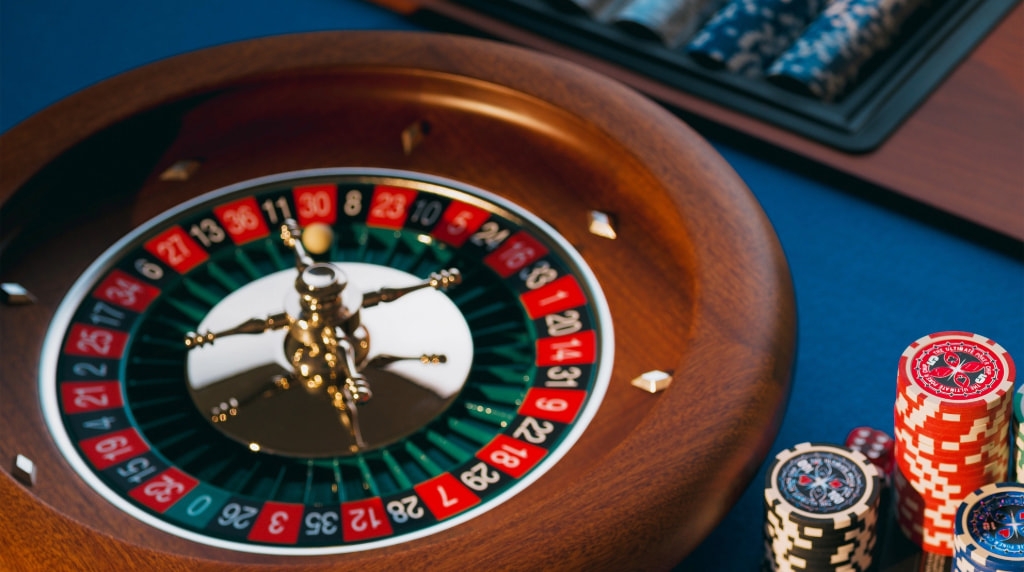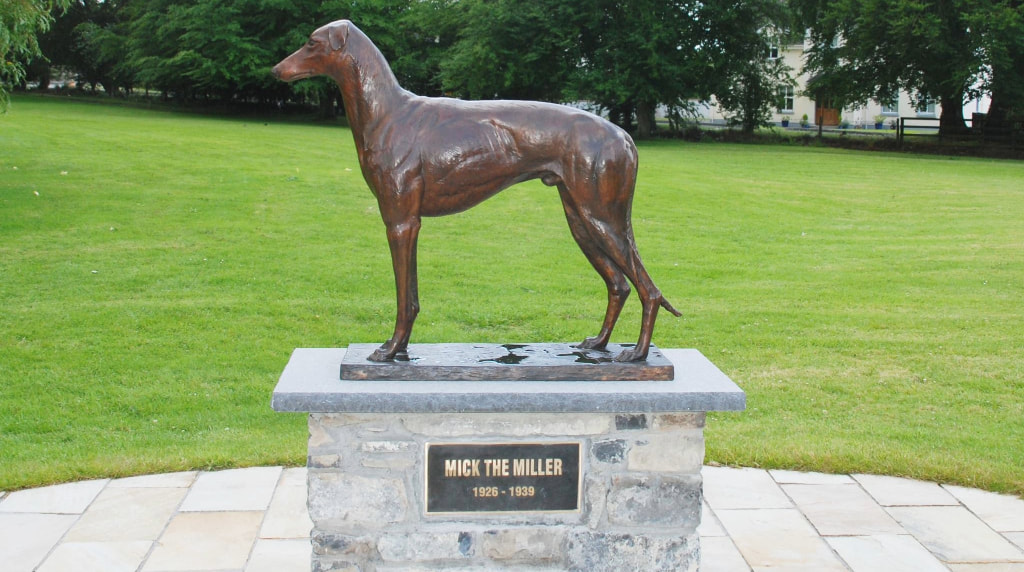How Ladbrokes Became a Betting Powerhouse: A Brief History
From greyhound stadiums and hotels to racecourses, holiday centres, DIY stores and casinos, bookmaking giant Ladbrokes has been involved in numerous business ventures. But its roots are in bookmaking; it has been the London-based company’s core business for almost 140 years. It is a remarkable story.

Staff at Ladbrokes HQ are busy taking bets on the outcome of the 1964 General Election. ©GettyImages
Victorian Ladbrokes Swung Into Life in the 1960s
The oldest bookmaker still in existence today, the Ladbrokes name dates back to 1886. Initially, its clientele was from the aristocracy and upper classes. Following the Betting and Gaming Act of 1960, it became the man-on-the-street bookie. The most familiar of all betting brands, its history is fascinating.
Ladbrokes was founded by Messrs Schwind and Pennington as commission agents for horses trained at Ladbroke Hall in Worcestershire. In 1902, Arthur Bendir joined the partnership when operations were moved to London – initially in the Strand, then Hanover Square and finally Old Burlington Street in Mayfair – and the Ladbrokes name was adopted.
At the turn of the century, gambling was conducted very differently from what it is today – strict laws permitted only on-course and credit telephone betting. With pitches at racecourses and telephone lines, Ladbrokes could facilitate both. It did so almost exclusively to the well-to-do, as ordinary folk could not afford telephone lines.
To that end, Bendir was ideally positioned to find and court affluent betting clients in Mayfair’s private clubs and other wealthy parts of the capital. Their bets and the firm’s reputation for reliability saw Ladbrokes prosper in future decades.
In 1919, Helen Vernet – the first woman in the history of British racing to be licensed as a racecourse bookmaker – strengthened Ladbrokes, becoming its on-course representative. She was made a partner in the business in 1928, and this remarkable woman remained with the firm until shortly before her 1956 death.
Cyril Stein Takes Ladbrokes to the City
World War II was not kind to Ladbrokes; money was scarce after it. A downturn in the business’ fortunes allowed bookmaker Mark Stein and his nephew Cyril Stein, who ran a credit betting office, to buy the company for a reported £100,000 in 1956.
Their timing was perfect as, around the corner, the 1960 Betting and Gaming Act led to the legalised opening of betting shops. The 33-year-old Cyril Stein quickly put Ladbrokes name above the doors of a rapidly growing number of new-fangled turf accountants.
Dragonara Palace is a palace in St. Julian’s Malta built in 1870. It became Dragonara Casino in 1964 when Cyril Stein invested Ladbrokes money into its transformation. It currently receives about 350,000 patrons annually, making it Malta’s most popular casino (wikipedia). pic.twitter.com/EhulGoCid5
— Sports & Betting History by BestBettingSites (@CDCHistory) December 27, 2024
The Israeli immigrant swiftly established a chain of Ladbrokes shops and diversified by taking a significant stake in the newly constructed Dragonara Palace Casino in Malta in 1964. With the company growing quickly, Ladbrokes was floated on the London Stock Exchange in 1967.
Shops, Clubs and Camp Sites
The successful floatation and operating profits from around 50 shops allowed Ladbrokes to go on a spending spree. Over the next six years, Ladbrokes betting shops opened exponentially nationwide, numbering 1,135 by 1973. Under Cyril Stein’s leadership, the company also opened bingo clubs (under the Dragonara brand name).
Elsewhere, Caister-on-Sea in Norfolk, which was the UK’s oldest holiday camp dating back to 1906, and Seaton Sands in Devon became the building blocks of Ladbrokes Holidays. By 1987, Ladbroke’s portfolio of holiday camps numbered 18.
In 1975, Ladbrokes moved into racecourse management by purchasing an under-threat Lingfield Park. One year later, the company acquired seven greyhound stadiums: Perry Barr, Brough Park (Newcastle), Crayford, Leeds, Gosforth, Willenhall, and Monmore Green.
1967 Ladbrokes telephone central pic.twitter.com/juLSK3srSD
— Sports & Betting History by BestBettingSites (@CDCHistory) October 12, 2024
Chasing Cars at the Casinos
At this point, the jewel in Ladbrokes crown was its four London casinos. Awash with oil-rich Arab customers, they were the new-age equivalent of a goldmine. However, the venues eventually gave Stein and Ladbrokes its first significant backward step.
As The Standard explained in a 2012 Stein obituary: “He [Stein] hired an unstable Dane, Andreas Christensen, to head Ladbrokes’ marketing division for casinos.” Chasing high-roller customers, the employee “concocted a wild scheme to note down the numbers of expensive cars parked outside rivals’ casinos.”
“He then passed the numbers to a corrupt police officer who had access to the Police National Computer. Armed with the car owners’ names and addresses, he [Christensen] then sent champagne and flowers to the owners with an invitation to come and gamble at one of Ladbrokes’ casinos.”
The madcap scheme was known as Unit Six and was strictly illegal under the draconian terms of the then Gaming Act. Ultimately, Ladbrokes was forced to close its four casinos in London, which accounted for roughly 40% of the company’s profits. Ladbrokes was frozen out of the casino business for almost two decades.
1980s Purchases and ‘90s Losses
Undeterred, Ladbrokes acquired Texas Homecare, a chain of DIY stores, in 1986. It was sold to Sainsbury’s in January 1995 for £290 million. In October 1987, Ladbrokes purchased Hilton International and the rights to the Hilton brand outside the United States for £645 million. Vernon’s Football Pools, in 1989, was another purchase.
Trouble waters were ahead. The early 1990’s recession – when company earnings fell by 25% – put Ladbrokes in the red. Under pressure from investors because of the company’s rising debts and losses, Stein retired in January 1994 after 27 years at Ladbroke’s helm.
Cyril Stein: One of the most successful British businessmen of the 20th century, he turned Ladbrokes, the company he bought for £100,000 in 1956, into a £2 billion corporation involved with hotels, holiday centres and bingo halls. pic.twitter.com/M8uTrBlciz
— Sports & Betting History by BestBettingSites (@CDCHistory) October 5, 2023
Hotels Feature in the Bring & Buy
In the late 1990s and early 2000s, Ladbrokes resembled a ‘bring & buy sale’. It returned to the casino business and, in 1999, acquired Stakis Hotels, which operated 22 casinos. Less than a year later, it sold its UK casino chain, which had 27 venues in total. Ladbrokes online casino site would soon fill the void.
Gambling operations outside of Europe, including racetracks, casinos in the United States, and bingo and betting businesses in South America, were also unloaded. To reflect its increasing focus on the hotel business – which had come to represent over 80 percent of the company’s assets – Ladbrokes renamed itself as Hilton Group plc.
The name stayed until 2006 when the company sold its hotel operations to Hilton Hotels Corporation for £3.5 billion and once again rebranded itself as Ladbrokes plc. To gain a footprint in Australia, a small part of Ladbrokes cash pile was spent on purchasing Bookmaker.com.au and another online betting site, Betstar.
Coral Purchase Made Ladbrokes a Takeover Target
From the UK gambling landscape viewpoint, Ladbroke’s merger with Coral in 2016 was the most significant move. It had been subject to a false start in 1998 when the company paid £363 million to buy 891 Coral betting shops. Months later, the Monopolies and Mergers Commission deemed the purchase anti-competitive and ordered it broken up.
Eighteen years later, after agreeing to the Competition and Markets Authority’s request that 350 to 400 shops belonging to Coral or Ladbrokes would be sold off, the merger was approved. As a result, Ladbrokes changed its name once again to Ladbrokes Coral Group plc.
Betting shop profits were huge at the time. In 2015, Ladbrokes declared that gaming machines accounted for 84% of all the money staked in Ladbrokes’ high street shops. With Ladbrokes Coral operating 3,500 High Street shops, the supersized company – that had only ever purchased and sold companies – was an obvious takeover target.
A December 2017 £3.9 billion offer by GVC Holdings – already owners of sports betting sites Bwin and Sportingbet, plus Betboo, Gamebookers, Partypoker, PartyCasino, CasinoClub, Foxy Bingo and Foxy Casino – proved irresistible to Ladbrokes Coral Group plc shareholders.
In March 2018, GVC Holdings completed its acquisition, with its shareholders owning 53.5% and Ladbrokes Coral 46.5% of the combined company. In December 2020, GVC Holdings changed its name to Entain plc when its share price was £1,105. It would double in value within 12 months.
Where Does Ladbrokes Future Lay?
Over the years, Ladbrokes has cast its web far and wide into international markets, including Asia and Africa. Partnerships and collaborations with local operators have been abundant. There were 70 betting shops in Spain and a joint-venture betting site for the country with gaming and leisure operator Cirsa.
Of course, the UK’s gambling landscape has changed dramatically along the way. But, in recent decades, it could not be accused of not keeping up with the times. In the late 1990s, the company added spread betting to its gambling offering.
In 1999, Ladbrokes followed Victor Chandler to Gibraltar, enabling punters in Britain to bet tax-free. 2001 saw the company become the first UK betting site to have an online poker room. It quickly ran Europe’s biggest online poker site, generating over £1 million per week in profits.
Not everything Ladbrokes touched turned to gold. A case in point was the 2013 purchase of the Betdaq. Eight years after the company paid €30 million for the betting exchange, it was sold back to its founder for what was described as “a fraction of its original price.”
Ultimately, it has never stood still. Unquestionably the oldest of all betting firms, Ladbrokes is probably the best-known sports betting site. While its future cannot be predicted, as its 140th anniversary draws closer, Ladbrokes’ history suggests it will not be dull.



